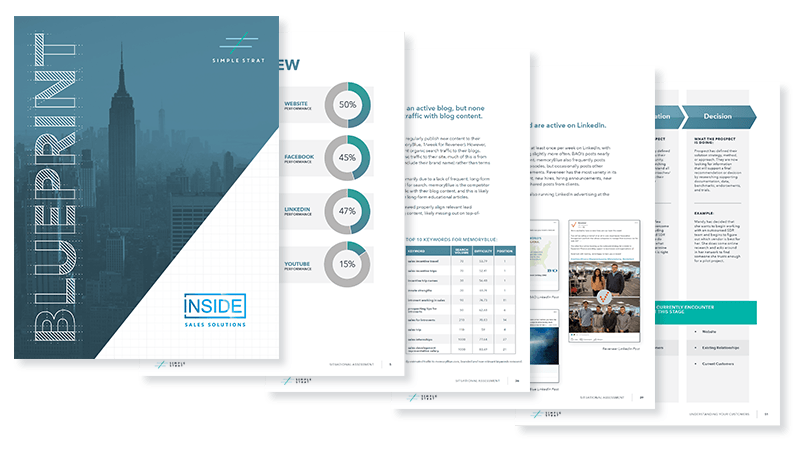Content Partnerships
Focused partnerships for consistently great content and the results that follow.
Agile Execution
Goal-driven
No Mediocrity
How It Works
Fuel your campaigns with the right content. Partner with Simple Strat as your reliable content marketing partner to build a plan based on your goals, create the content, and execute on a consistent basis. Designed for 90 day engagements or more.
- Choose a focus (below) or use our team to help you set the strategy
- Work with Simple Strat for the first 90 day sprint to lay a solid foundation and tackle quick wins
- Review results together and create a next 90 day action plan
- Execute the plan, with our team creating and publishing content reviewed by you
- Rinse and repeat every 90 days and watch your results build
For one-off content projects, check out our à la carte content or content multiplication services.
Content Retainers by Goal Type
SEO
Consistently add search-optimized content to your blog to attract more prospective customers to your website.
Deliverables in first 90 days:
- SEO Audit
- SEO Optimization of existing content
- Audience Research
- Competitive Research
- Content Partnership Research
- Editorial Calendar
- Blog Articles
Focus for future sprints:
- Blog Articles
- Pillar Pages
- Internal Link Maintenance
- Blog-Promoting Social Posts
- Ongoing Editorial Planning
- Backlink Building
Thought Leadership
Establish one or more key people as industry experts to benefit your brand’s authority and authenticity.
Deliverables in first 90 days:
- Content Audit
- Audience Research
- Competitive Research
- Content Partnership Research
- Social Media Training
- Editorial Calendar
Focus for future sprints:
- Blog Articles
- Guest Posts
- Article Mentions
- Podcast Placement
- Social Media Posts
- Ongoing Editorial Planning
- Email Newsletter
LinkedIn Lead Gen
Generate quality leads from LinkedIn using content pieces that offer value and position your brand.
Deliverables in first 90 days:
- Content Audit
- Audience Research
- Competitive Research
- Lead Follow-Up Planning
- 1st Content Asset
- 1st Advertising Campaign
Focus for future sprints:
- New Campaigns
- Monitor & Optimize Campaigns
- New Content Assets
- Nurturing Emails
Podcast Production
You record the episodes and we handle all the behind-the-scenes work to grow your audience.
Deliverables in first 90 days:
- Audit Any Existing Episodes
- Audience Research
- Competitive Research
- Set Up Publishing Channels
Focus for future sprints:
- Episode Editing
- Episode Publishing
- Social Posts
- Emails
- Repurposed Blog Posts
- Guest Sourcing
Not sure what you should be focusing on?
Introducing the Simple Strat Blueprint
If you’re looking for some more strategic guidance, a Content Marketing Blueprint is the perfect place to start.
We’ll analyze marketing efforts, what’s working for the competition, and determine the content your audience wants most. With this information, you’ll get a customized roadmap for your content marketing strategy. We when execute that strategy with a focused partnership over a recurring series of agile 90-day sprints.
Investment: $10,000 | 6-8 Week Turnaround

Pricing
Small organizations with incremental goals or marketing teams that need some extra capacity.
Organizations that want to achieve their goals more quickly and truly extend their marketing team.
Organizations with large goals and/or multiple focuses that want to move very quickly.
- 6 Articles
- 1 Pillar Page
- 20 Social Posts
- Editorial Planning
- Internal Link Maintenance
- 12 Articles
- 1 Pillar Page
- 50 Social Posts
- Editorial Planning
- Internal Link Maintenance
- Backlink Building
- 20 Articles
- 1 Pillar Page
- 75 Social Posts
- Editorial Planning
- Internal Link Maintenance
- Backlink building
Best for teams that want to set up HubSpot themselves with hands-on guidance.
Best for teams that want to share the work of setting up HubSpot and/or have multiple hubs.
Best for teams that prefer to have us set everything up, have advanced integration needs, and/or have the full professional suite.
